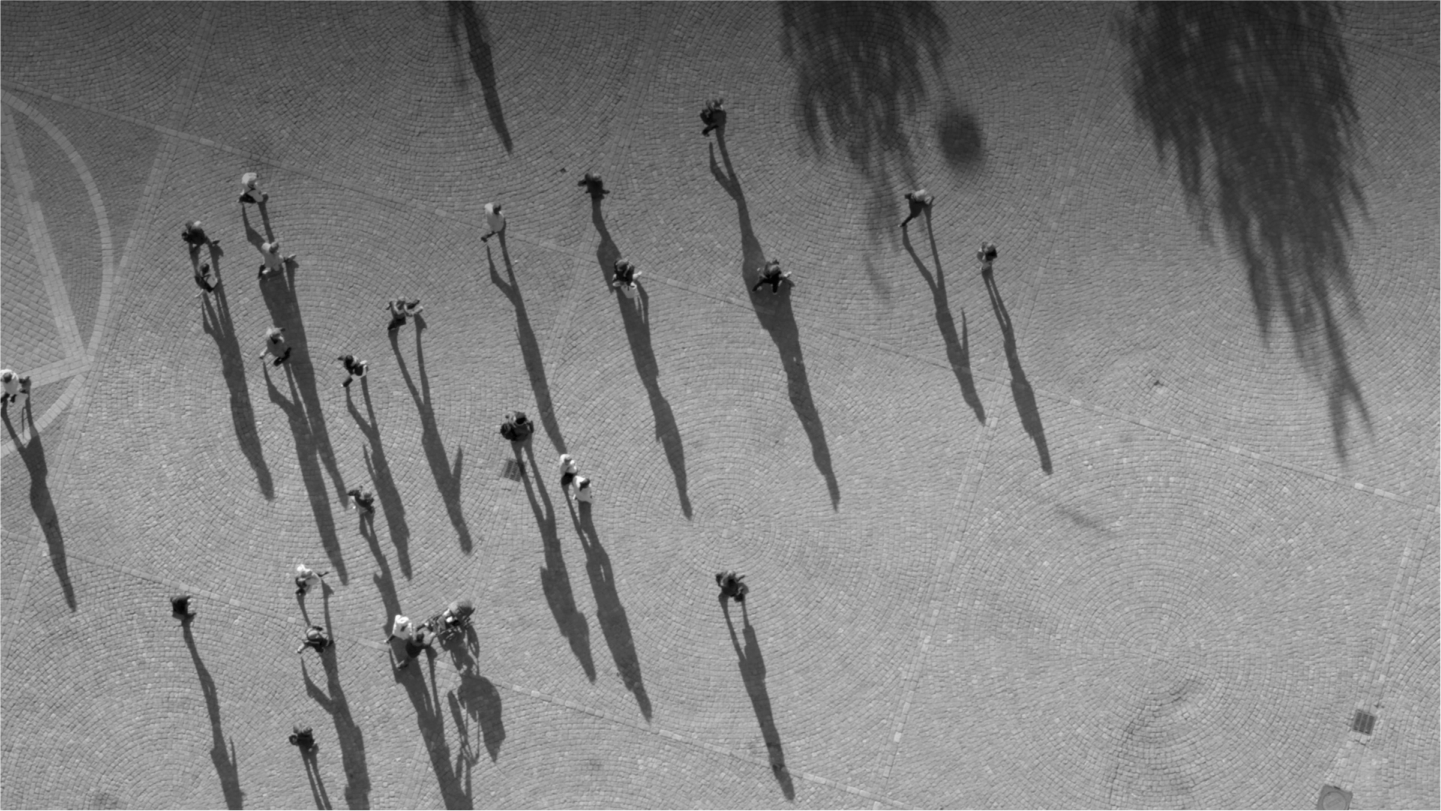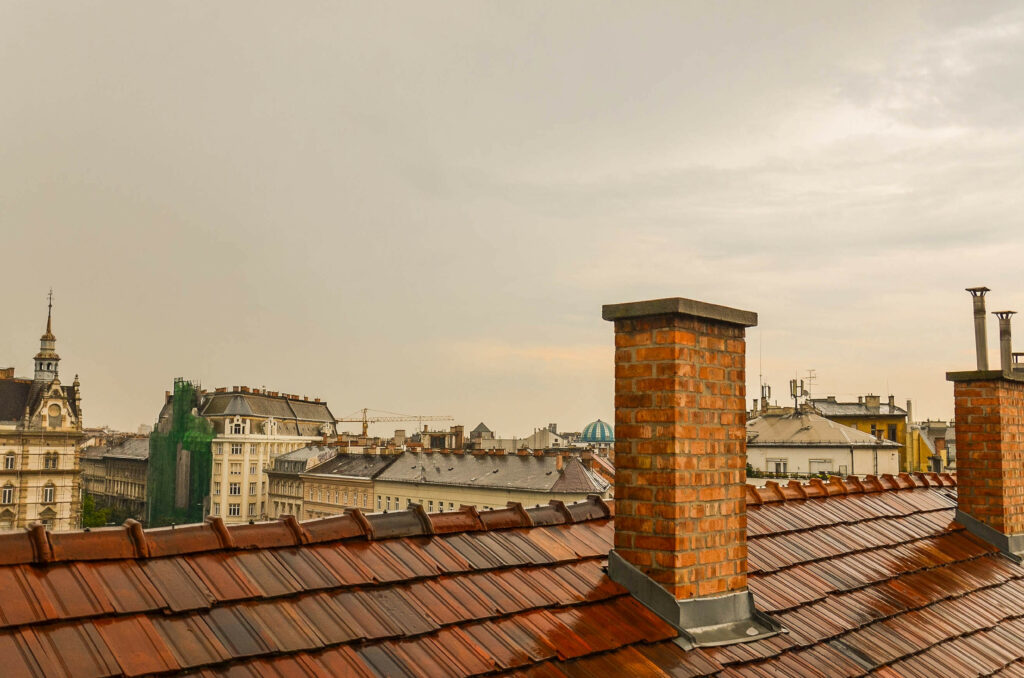



The housing health guidelines issued by the Ministry of Social Affairs and Health contain interpretation guidelines for culturing analyses conducted as dilution series. For, instance, in surface samples, microbial growth is considered to be present if the spore concentration is over 1000 spores/cm2 and at least 100 times higher compared to the concentration on an undamaged reference surface. In material samples, microbial growth is considered to be present if the concentration exceeds 10,000 spores/g.
Furthermore, it’s important to examine the specific fungal species involved. Species analysis is crucial in cases where drawing conclusions based solely on concentration is difficult. The presence of microbes that are rare in the air indicates growth within the material. Microbes typically found in outdoor air can be considered normal in phenomena such as exterior wall materials. Many of these mold species are potential toxin producers, such as Stachybotrys, Trichoderma, Aspergillus versicolor, A. fumigatus, Chaetomium, and Fusarium.
In some cases, damaged materials may have a low concentration of mold but a high concentration of bacteria. According to the guidelines, a bacterial concentration in the material exceeding 100,000 per gram indicates bacterial growth. A well-known group of bacteria that grow on “moldy” materials are actinomycetes, which can be distinguished from other bacterial colonies based on their colony morphology and often have a strong earthy odor.
Actinomycetes, most of which belong to the Streptomyces genus, have characteristics that suggest their significance as indoor environmental contaminants. Since they are not commonly found in typical urban indoor air, separate interpretation guidelines have been provided for their presence. For example, an air sample concentration exceeding 10 per cubic meter or a material sample concentration exceeding 500 per gram of actinomycetes is considered indicative of microbial growth.

